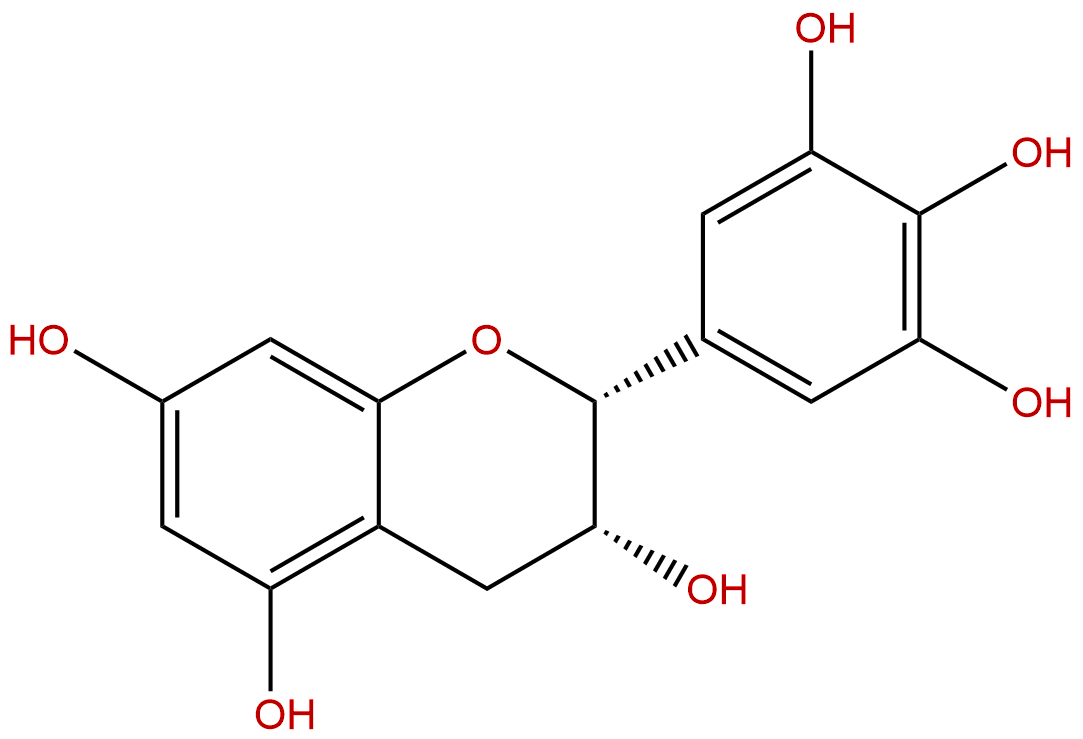Epigallocatechin Descrtption
Product name: Epigallocatechin
Synonym name: Epigallocatechol; Antiscurvy factor C2; Teacatechin II
Catalogue No.: BP0541
Cas No.: 970-74-1
Formula: C15H14O7
Mol Weight: 306.27
Botanical Source: Widespread in plants; broad beans are an esp. good source; present in green tea
Physical Description: Powder
Type of Compound: Polyphenols
Purity: 95%~99%
Analysis Method: HPLC-DAD or/and HPLC-ELSD
Identification Method: Mass, NMR
Packing: Brown vial or HDPE plastic bottle
Storage: Store in a well closed container, protected from air and light. Put into refrigerate or freeze for long term storage.
Whenever possible, you should prepare and use solutions on the same day. However, if you need to make up stock solutions in advance, we recommend that you store the solution as aliquots in tightly sealed vials at -20℃. Generally, these will be useable for up to two weeks.
The product could be supplied from milligrams to grams, up to kilograms
Inquire for bulk scale.
Descriptions:
(-)-Epigallocatechin (EGC) can suppress oxidation of plasma low density lipoprotein (LDL) in vitro.[1]
Epigallocatechin activates haem oxygenase-1 expression via protein kinase Cdelta and Nrf2.[2]
Cu(2+) with (-)-epigallocatechin (EGC) facilitated DNA cleavage, while Ag+ with EGC showed a strong repressive effect, the other metal ions examined showed little effect.[3]
References:
[1] Nakagawa K, Okuda S, Miyazawa T. Biosci Biotech Bioch, 1997, 61(12):1981-5.
[2] Ogborne R M, Rushworth S A, O Connell M A. Biochem Bioph Res Co, 2008, 373(4):584-8.
[3] Hayakawa F, Kimura T, Hoshino N, et al. Biosci Biotech Bioch, 1999, 63(9):1654-6.
[4] Deng YL, Feng L, Lu YC. Southwest China J Agr Sci, 2011, 24 (03): 932-5.


